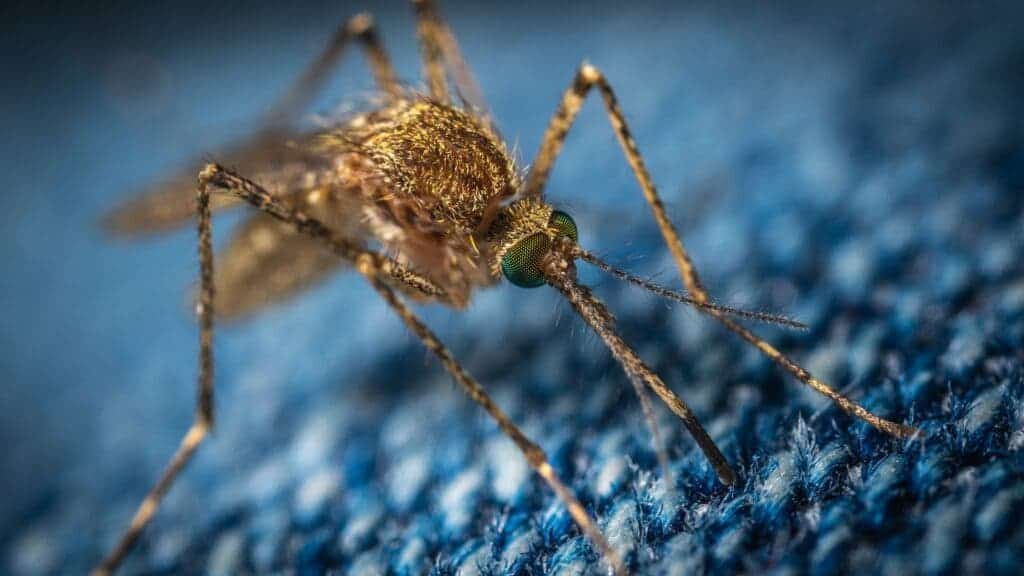A new paper showcases how genetic engineering can be used to cause populations of malaria-spreading mosquitoes to self-destroy.

An international research effort has shown, in the context of a lab experiment, that male mosquitoes engineered to carry a certain strand of DNA can rapidly destroy entire groups of these blood-sucking insects. The main importance of this experiment is that it showcases that gene-drive technology can be used even in harsh environmental conditions, such as those in sub-Saharan Africa.
This “gene drive” sequence is essentially a damaging mutation that could prove to be a powerful tool against the carriers of malaria.
Drastic measures
“Our study is the first [that] could show that gene-drive technology works under ecologically challenging conditions,” says Ruth Muller, an entomologist who led the research at PoloGGB, a high-security lab in Terni, Italy. “This is the big breakthrough that we made with our study.”
While this experiment has been a success, that doesn’t mean it’s going to be used any time soon. For that to happen, the authors first need to prove that their edited mosquitoes can work in practice — i.e. that they’re safe to release into the wild. Not only that but local governments and residents will have to give their approval before any of the mosquitoes can be released.
Still, with that being said, malaria remains one of the most concerning diseases on Earth. It infects an estimated 200 million people every year, with an estimated annual death toll of around 400,000. This is despite decades of coordinated effort to contain it.
So the authors decided to use the CRISPR gene-editing technique to make mosquitoes, the carriers of the malaria parasite, to self-destroy. They worked with the Anopheles gambiae species, which is native to sub-Saharan Africa. The gene they modified is known as “doublesex”, and is normally carried by healthy females. The modified variant, however, deforms their mouths and reproductive organs, meaning they can’t bite (and thus spread the parasite) nor lay eggs. This is combined with a gene drive, “effectively a selfish type of genetic element that spreads itself in the mosquito population,” says Tony Nolan of the Liverpool School of Tropical Medicine, who helped develop and test the mosquitoes.
Due to the risks involved in releasing these insects into real ecosystems, the experiments were carried out in small cages in a high-security basement lab in London. The modified mosquitoes showed that they can destroy populations of the unmodified insects here.
In order to test them under more natural conditions, however, the team also built a special high-security lab in Italy, specifically designed to keep the mosquitoes in. Here, dozens of gene-edited mosquitoes were released into very large cages containing hundreds of natural mosquitoes. Temperature, humidity, and the timing of sunrise and sunset mimicked the environment in sub-Saharan Africa. In less than a year, the authors report, the population of un-altered mosquitoes was all but wiped out.
Both of these steps were carried out far from the insects’ natural range as extra insurance in case any of them got out.
Whether such an approach will ever actually be used in real-life settings is still a matter of much debate. Even so, the study showcases one possible approach and strongly suggests that it would also function in the wild. It’s also a testament to how far gene-editing technology has come, that we could potentially have one of the most threatening (to us) species right now effectively destroy itself.
The paper “Gene-drive suppression of mosquito populations in large cages as a bridge between lab and field” has been published in the journal Nature Communications.


